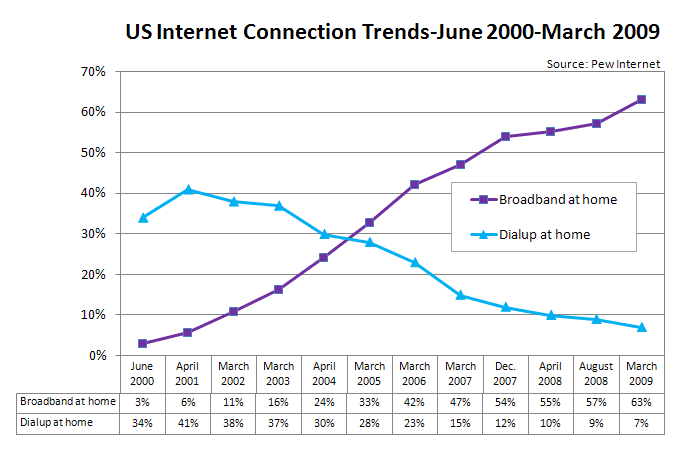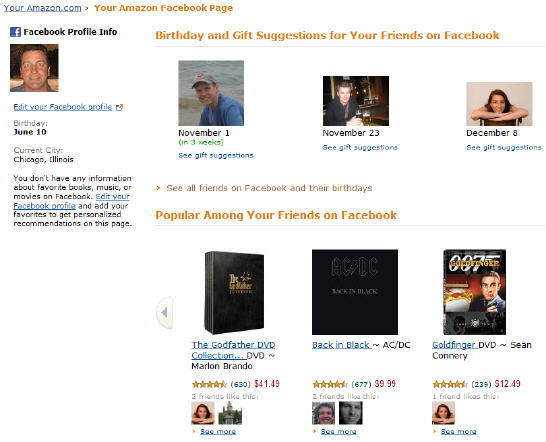A few years ago, all the buzz was about the new darling of the Internet: social media. What is social media really? Well, we like Wikipedia’s definition of social media: media designed to be disseminated through social interaction, created highly accessible and scalable publishing techniques.
Social media was the first time that a name was given to those websites where people not only are able to publicly voice their opinion, but also advertisers were able to have open conversations with customers. These conversations were held in public for all to see. The result was that companies took notice that their marketing spin machines were no longer the only voice in the market.
Fast forward to today and the natural evolution of social media is something called social commerce. Now, what does that exactly mean? We begin with the definition outlined by the Altimeter Group at their recent Rise of Social Commerce event: “The use of social strategies to listen to, engage with, and support customers to improve their shopping experience.” What this says in plain English is that social commerce is the use of social media tools not just to have conversations back and forth, but to help those conversations increase someone’s propensity to purchase a product.

Why should people care? Social commerce is as much of a sea change in ecommerce as when broadband arrived en masse ten years ago and changed the way people consumed digital products, chiefly software. Until that time, consumers had to go to a store to buy a CD or DVD with the software on it, then return home to load the program. Once broadband arrived, the barrier to purchasing digital products dropped dramatically because it was then possible to simply go online, buy the program and download, all without ever leaving the computer.
With social media, consumers have gained a very powerful weapon that may be used positively or negatively to influence their friends, acquaintances and strangers about your product. Social commerce is the business response to this power in trying to turn those social media conversations into more business by leveraging the consumer’s social voice.
One additional point about the change that accompanied massive broadband penetration is that an entire category of additional digital products were created: Software-as-a-Service, Virtual Goods, Massive Multi-Player Online Games, etc. Not all previous businesses went extinct, but there was certainly a huge opportunity waiting for those companies that embraced the new broadband model. Social commerce is another such case.
Here are a few examples of how Social commerce is already infiltrating businesses online:
Delta Airlines has opened a “Ticket Window” within Facebook to bring the commerce experience closer to their consumers. Rather than a static link that is clicked leading to the Delta website, Delta is testing the theory that the average U.S. person spends 1/3 of their time on Facebook so they likely will prefer buying through a Facebook store app rather than leaving for the Delta site.

Zynga, the leading provider of social games such as Farmville and Mafia War, ran a private label promotion through 7-11 convenience stores in the US. Zynga put their name and an online redemption code on bottled water and ice cream for 30 days. Other comparable promotions receive 1-2% conversion. Zynga saw a 60%+ code redemption rate.
Amazon, the gold standard of ecommerce, pioneered product recommendations by using previous purchases to make a recommendation of what other products you might be interested in. Most of us have been wowed by, and envious of, that technology. But Facebook, with 500 million interlinked users, is offering the Facebook Connect API to access their “social graph,” which is the network of your friends that you have so carefully cultivated within Facebook.
Why is this important? What would happen if you went to Amazon, looked at that same product and saw recommendations of your friends who bought that same product and other complimentary products that your friend bought? The trust factor of those friend recommendations goes way up. This is already reality.

The image above shows how your Amazon recommendations page looks when you integrate your Facebook account with Amazon. I see all my friend’s birthdays, can see gift suggestions and even see products that my friends have bought. Completing your order on Amazon and posting to your Facebook wall that you just bought X product allows your friends to follow your lead, if they haven’t bought the product yet, or discuss with you if they have the same or similar product, thereby increase sales of that product.
The good news is that at the moment there are only a few companies dipping their toes into the social commerce water. It’s not too late for you to think through your overall strategy to decide if social commerce is part of your overall business strategy for your specific business. A separate social commerce strategy is not recommended because social commerce either fits with your business or doesn’t. You can’t force social commerce, but social commerce forces you to be creative. Think about games from the late 90s and how the market transitioned with the technology to MMPG (massive multi-player games).
To help you get started, ask yourself these questions:
- Is your product discussed in social media? If it is, there’s a foundation for you to build upon.
- Would your customers want to buy where they spend their time online? If so, a standalone website and store are not going to be sufficient.
- How could your product or service be modified to take advantage of social commerce?
Consumers interact online and recommend products to their friends and network. With this one-to-one interaction, word-of-mouth carries much more weight than before and companies that communicate with customers and embrace feedback will lead.
Keystone
Social commerce is a wave that is building in the ocean. We can see the beginning effects of it and every company needs to evaluate what their social commerce strategy is as part of their overall business strategy.
What social commerce have you already been a part of, as a consumer or within your business? Do you agree that this wave is growing?
Craig,
Great read and our group is doing this for the SaaS implementation, integration and support biz. I love your point about “The trust factor of those friend recommendations goes way up. This is already reality.”
This is a reality as well for Cazoomi as we are seeing this in our consultant Network since building upon our LinkedIn TrustCentral concept a year ago this month in Cazoomi.
When members come to us they see a list of LinkedIn profiles matched to their project needs which are connected to others they might know or have worked with and our TRUST factor goes way up.
(It helps that our network of consultants has completed 1000s of projects too.)
Our group is now taking the platform you founded and creating some exciting things this year to extend to our ecosystem so would love your input as well on our marketing of it.
~Clint
@cazoomi
Hi Clint,
Thanks for your thoughts. Any network of people is the foundation of a social network so the question is how will companies who don’t own that social network leverage the inherent trust that is built up over time?
Camfrog has a network of video chat people and they successfully launched virtual gifts into their network. Much like in Facebook, these products have become very popular and Camfrog is monetizing on their network.
I’m very interested to see how other companies will be able to monetize the LinkedIn network because business relationships have a higher threshold to overcome due to the proverbial used car salesman.
cheers,
craig.
Craig,
Your last point is a good one “used car salesman” and it took us about 2 years to overcome that hurdle on the LinkedIn network as we had our teams build up the trust among those SaaS vendors and SaaS buyers.
Our spec&select business is what was born out of that built up trust and serves us well today.
I will check out Camfrog as it seems like a cool idea & network.
~Clint